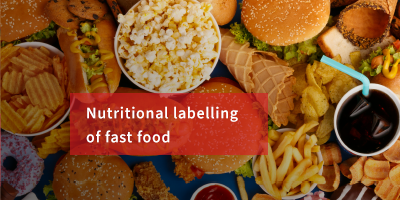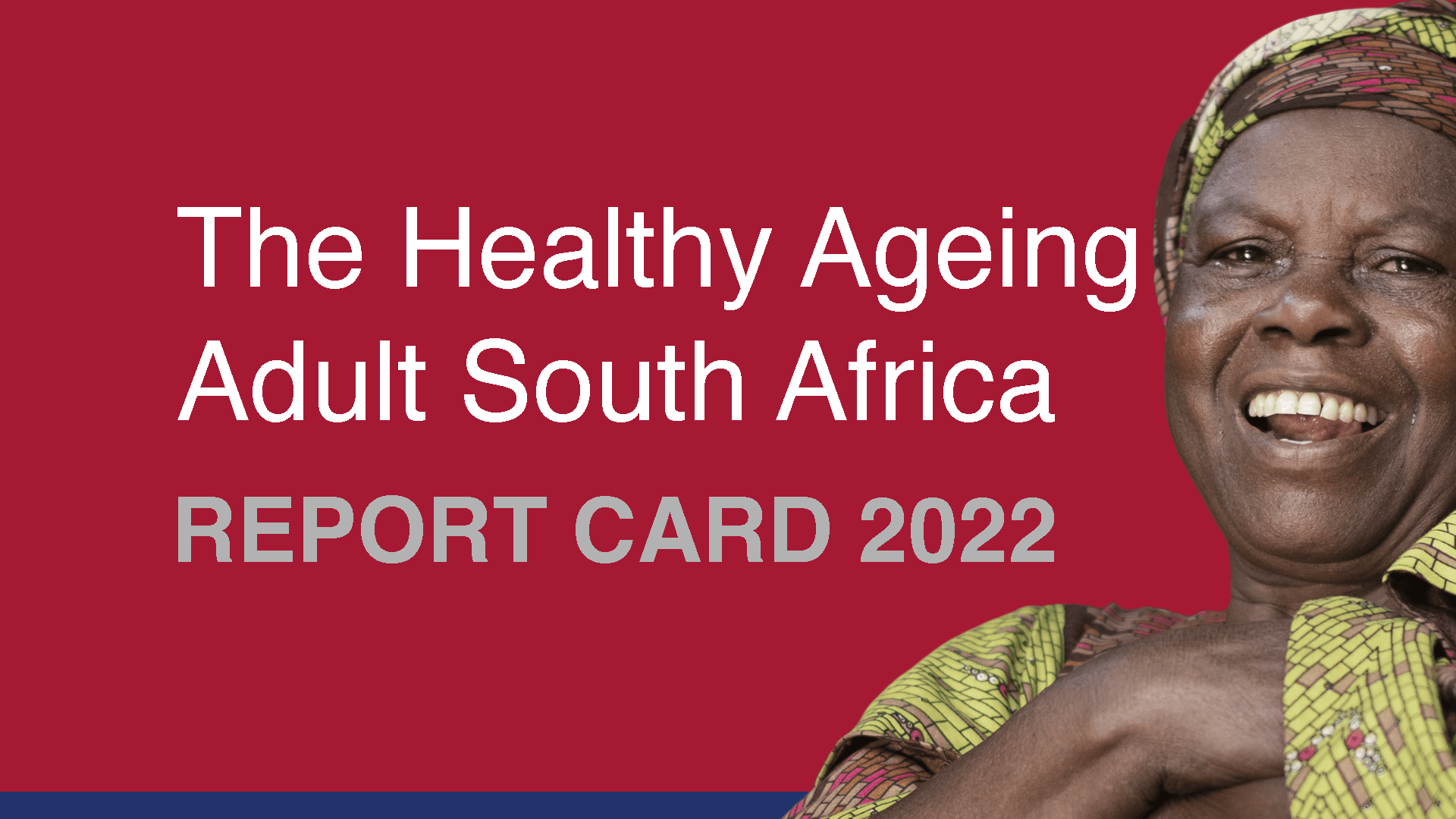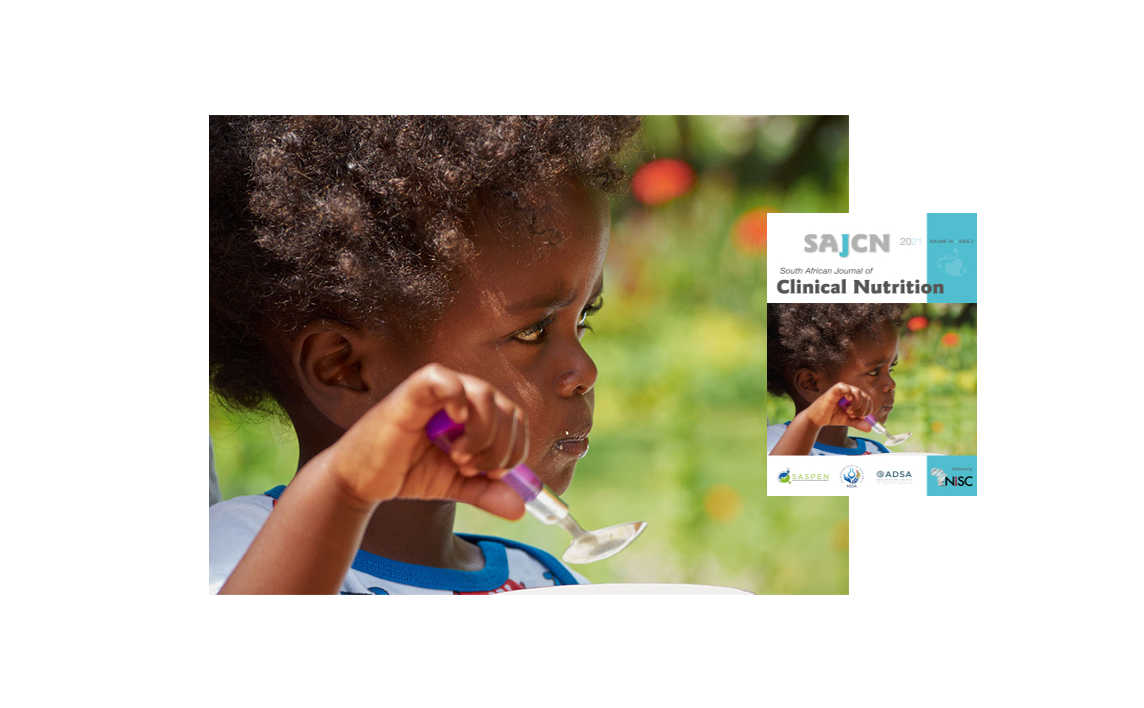RESEARCH ARTICLE Female Specific Effect in Body Mass and Fat Mass indexes
by ACTION
Genetics and Epigenetics
Admixture/fine-mapping in Brazilians reveals a West African associated potential regulatory variant (rs114066381) with a strong female-specific effect on body mass and fat mass indexes
Received: 6 March 2020 / Revised: 21 November 2020 / Accepted: 20 January 2021 © The Author(s), under exclusive licence to Springer Nature Limited 2021
Abstract
Background/objectives
Admixed populations are a resource to study the global genetic architecture of complex phenotypes, which is critical, considering that non-European populations are severely underrepresented in genomic studies. Here, we study the genetic architecture of BMI in children, young adults, and elderly individuals from the admixed population of Brazil. Subjects/methods Leveraging admixture in Brazilians, whose chromosomes are mosaics of fragments of Native American, European, and African origins, we used genome-wide data to perform admixture mapping/fine-mapping of body mass index (BMI) in three Brazilian population-based cohorts from Northeast (Salvador), Southeast (Bambuí), and South (Pelotas). Results We found significant associations with African-associated alleles in children from Salvador (PALD1 and ZMIZ1 genes), and in young adults from Pelotas (NOD2 and MTUS2 genes). More importantly, in Pelotas, rs114066381, mapped in a potential regulatory region, is significantly associated only in females (p = 2.76e−06). This variant is rare in Europeans but with fre- quencies of ~3% in West Africa and has a strong female-specific effect (95% CI: 2.32–5.65 kg/m2 per each A allele). We confirmed this sex-specific association and replicated its strong effect for an adjusted fat mass index in the same Pelotas cohort, and for BMI in another Brazilian cohort from São Paulo (Southeast Brazil). A meta-analysis confirmed the significant association. Remarkably, we observed that while the frequency of rs114066381-A allele ranges from 0.8 to 2.1% in the studied populations, it attains ~9% among women with morbid obesity from Pelotas, São Paulo, and Bambuí. The effect size of rs114066381 is at least five times higher than the FTO SNPs rs9939609 and rs1558902, already emblematic for their high effects. Back
Conclusions We identified six candidate SNPs associated with BMI. rs114066381 stands out for its high effect that was replicated and its high frequency in women with morbid obesity. We demonstrate how admixed populations are a source of new relevant phenotype-associated genetic variants.
More about Obesity & Resent Articles and Events

Obesity rates are rapidly increasing in the African Region, as in most parts of the world.
There is a common misconception that obesity and other noncommunicable diseases (NCDs) only occur among the wealthy.
Strategy for the prevention and control of Obesity in South Africa - 2015 - 2020
Act today for a healthier future. HSF supports the World Obesity Federation (WOF) in the initiative to stimulate and support practical actions to address obesity.
ACTION
African Centre for Obesity Prevention
PARTNERS
Join our growing list of partners, including:
Preventing obesity for a healthier tomorrow
Business Hours
- Mon - Fri
- -
- Sat - Sun
- Closed
About Us
Contact
Office:
+27 10 447 3721
E-mail:




